Other names Mahón-Menorca, Maó Source of milk Cows Weight 2-3kg Texture Soft to hard | Town Minorca, Mahón Dimensions 20cm x 20cm x 9cm Milk source Dairy cattle Rind Natural Aging 3 weeks-2 years or longer | |
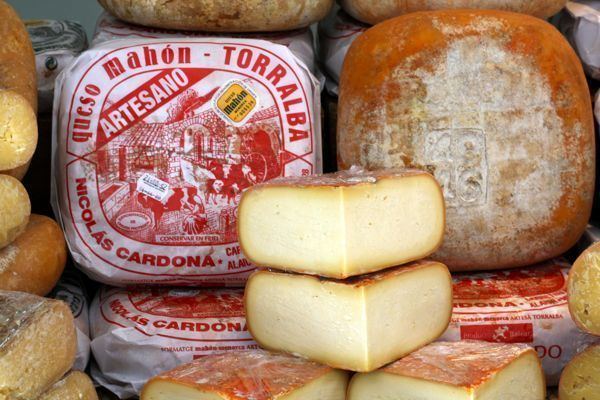 | ||
Aging time 3 weeks-2 years or longer Similar Sobrassada, Tetilla cheese, Idiazabal cheese, Cabrales cheese, Lobster stew | ||
Mah n cheese salad
Mahón cheese is a soft to hard white cheese made from cow's milk, named after the natural port of Mahón on the island of Minorca off the Mediterranean coast of Spain. Minorca is known for its cheese production and is home to one of the most respected dairy plants in Europe.
Contents
- Mah n cheese salad
- Pizza de sobrasada queso de maho n y huevo frito
- Production
- Characteristics
- Young Artesano Mahn
- Aged Mahn
- Uses
- References
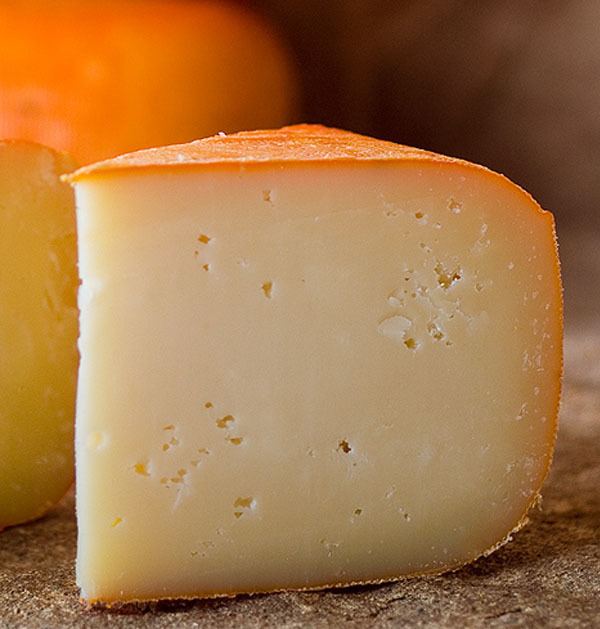
Pizza de sobrasada queso de maho n y huevo frito
Production
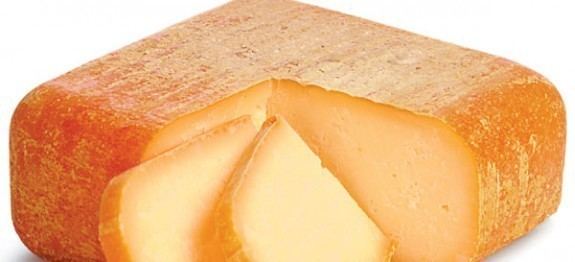
Nearly a century ago, the gatherer-ripeners were said to have emerged as a class of island society in Minorca. Their work consisted of trading and distributing farm products, seeds, utensils, foods, etc. In exchange they would receive fresh cheeses that the farmers brought to their houses. In order to store them, the recogedores had underground caves for the careful and novel aging of the cheeses. They controlled everything in production, from the changing winds and temperature level to the correct handling of the product. In so doing, they obtained the original cheese from Mahón; soft, aired or cured, that they would then sell in diverse markets of the islands and the peninsula. Their careful techniques made famous Mahón cheese, and helped to make it a sought after export.
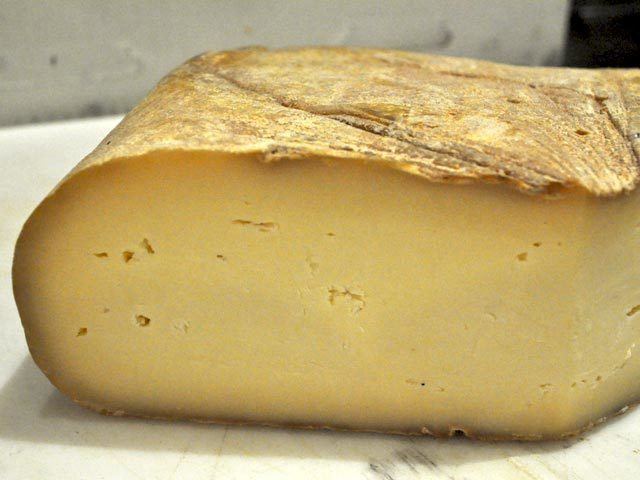
Recently, Minorca's live-stocks of cattle have well designed health and genetic selection, with one of the largest milk productions in Spain in more than 600 farms. This milk is totally used for dairy products.
In 1985 the cheese from Mahón received the Denominación de Origen.
Characteristics

Mahón has some characteristics specific to it, despite aging. In general the cheese is buttery sharp, slightly salty and lightly aromatic (sweet and nutty aromas) in taste.
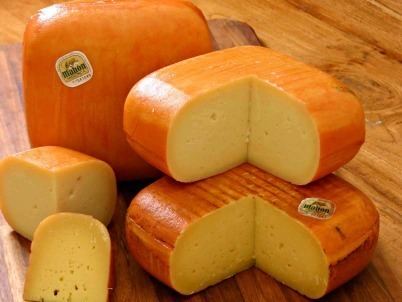
Mahón's sweet and fruity but at times slightly salty taste is due in part to the sea salt content in the grasses the cows eat. The rind is generally an orange color due to the rind being rubbed with butter, or oil, and paprika. As it reaches maturity (around 10 months) it tends to have small misshapen holes and has some granularity. In general, all aged Mahón has a proliferation of tiny holes.
Young (Artesano) Mahón
Artesano (Spanish for "artisanal") Mahón is young, aged no longer than three months, and softer than traditional Mahón. It is important to keep young Mahón in the vegetable compartment of a refrigerator or cooler. It should be stored in airtight plastic wrapping to preserve its softness.
Aged Mahón
Conversely, harder, more aged Mahón should be wrapped in foil or waxed paper.
